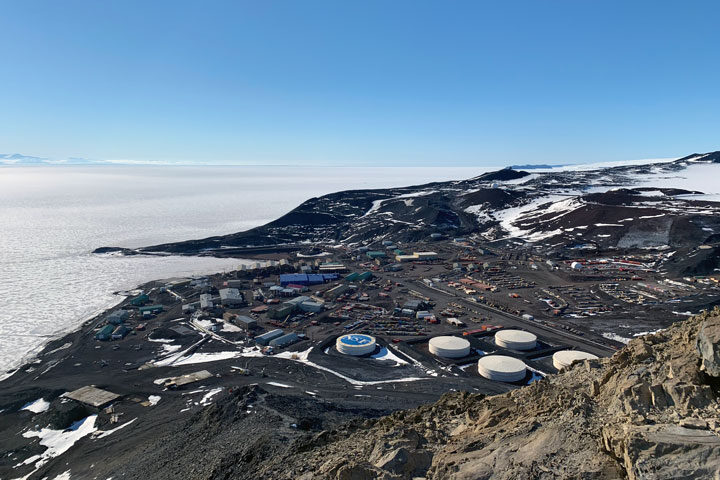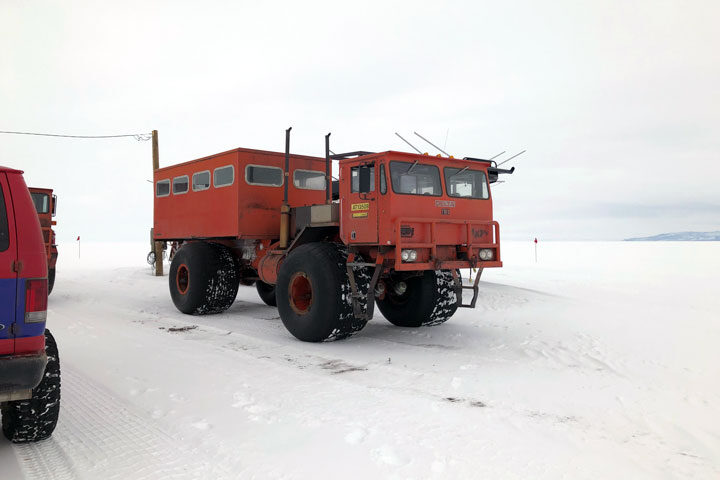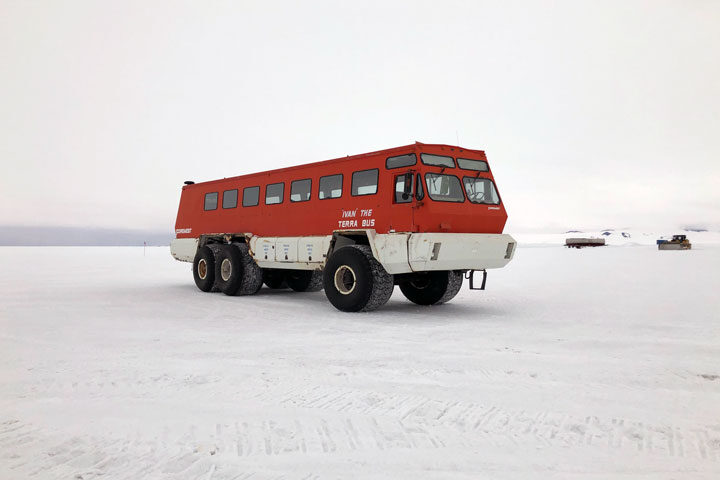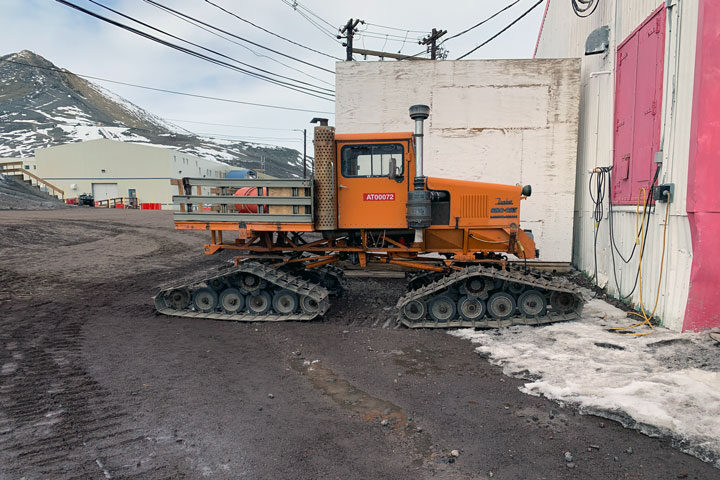
This blog post is going to be a little different than my previous ones, so bear with me as I tread on new ground. I wanted to cover a little of what life is like down here in McMurdo Station while we’re launching our balloons for the Long Duration Balloon campaign here on the Ross Ice Shelf. My opening photo for today was taken from the top of Observation Hill, which is a 750-foot summit that overlooks McMurdo Station, and it took me about 45 minutes to climb one way, so enjoy! Now back to ballooning…
When we launch from most other locations around the globe, we have pretty set times for conducting our launches. In Fort Sumner, New Mexico we pretty much show up at about 3 a.m. for all attempts. With the very rare exception, we might have a night launch opportunity, but those are few and far between. In Palestine, Texas, where the Columbia Scientific Balloon Facility is located, we launch balloons in the late afternoon which gives us pretty consistent night flight opportunities. All of this is really dependent on the prevailing winds at that time of the season. Esrange in Kiruna, Sweden and Wanaka, New Zealand (Spoiler: this is where the next series of blogs are going to come from!) aren’t quite as predictable, but are usually around the same time of day.
But here in Antarctica, the winds and weather are not nearly that predictable. So far this campaign, we’ve shown up at our camp for multiple launch attempts at 11 a.m. in the morning, 7 p.m. in the evening, and most recently we’ve been leaving at about 1-3 a.m. If this schedule sounds a little rough, well, that is because it is. I’ve already talked a little bit about SuperTIGER’s delay that was four hours, so even when trying to predict a start time that doesn’t mean the weather is going to cooperate.

As far as getting around, this place is like an off road testing facility of continental sized proportions! I’m not going to be able cover every type of vehicle that is roaming around down here, but I CAN show you some of my favorites! Since Christmas, we’ve essentially been working straight nights to conduct our launch attempts. Mostly, we’ve left McMurdo Station in a couple of off-road vans and a Delta shown above. As you can see in the picture, it’s a really big off road vehicle. Most of them down here were turned over to the National Science Foundation (NSF) when the U.S. Navy gave them the facility. So that shows that they were built to last and to take a beating.

When our schedules are a little more consistent, we get a ride from the United States Antarctic Program Shuttles Operations team for our daily commute. The Shuttle Ops team has a few different vehicles they use for our daily transport, but the most iconic is “Ivan the Terra Bus.” Ivan was also made by the same company that continues to provide the DELTAs.

And if you truly need to go where no one has gone before, you can take a Tucker Sno-Cat. I haven’t had the “pleasure” of riding around in one of these, but apparently they are a pretty rough and energetic ride. Oh, and loud. Really, really loud for the passengers. But since they are a treaded vehicle, they really don’t need roads to get where they’re going.
Like I said at the start, this isn’t my usual forte for my blogs, but the engineer in me is always fascinated by big machines that work in extreme environments. And here in Antarctica, everything has to perform or none of the amazing science that is done here would be possible. I have to also say that the support we get from NSF and their team makes all of our launches possible and we wouldn’t be able to launch our balloons without them. Thanks again for checking in and I hope you liked this glimpse into our daily lives here.




I Loved reading this! It’s my favorite type of read…the Back Story…the Behind the Scene…answering all the ‘How did you do that?”. THANK YOU! And..the view…Thank You for sharing. It’s a stark contrast being here in a major city. It’s a great mental escape for my days.